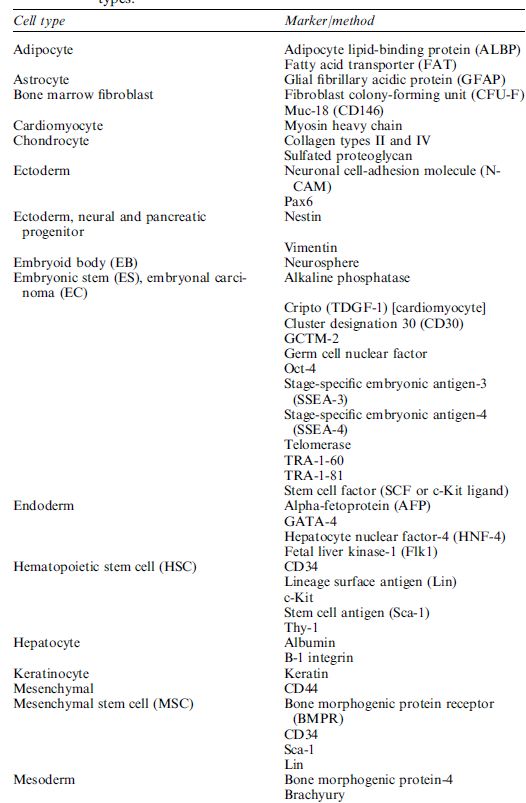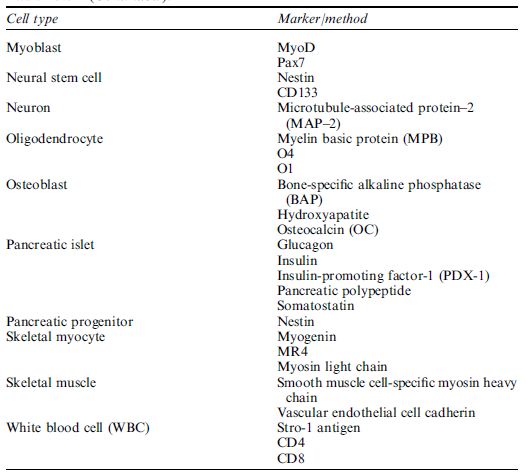


 النبات
النبات
 الحيوان
الحيوان
 الأحياء المجهرية
الأحياء المجهرية
 علم الأمراض
علم الأمراض
 التقانة الإحيائية
التقانة الإحيائية
 التقنية الحيوية المكروبية
التقنية الحيوية المكروبية
 التقنية الحياتية النانوية
التقنية الحياتية النانوية
 علم الأجنة
علم الأجنة
 الأحياء الجزيئي
الأحياء الجزيئي
 علم وظائف الأعضاء
علم وظائف الأعضاء
 الغدد
الغدد
 المضادات الحيوية
المضادات الحيوية|
Read More
Date: 22-10-2015
Date: 13-10-2015
Date: 28-10-2015
|
Tissue Engineering
As early as 1987, the US National Science Foundation (NSF) approved the proposal submitted by Y. C. Fung of the Granlibakken Workshop to initiate research into tissue engineering to overcome the problem of donor organ shortage. This project is regarded as the birth of tissue
engineering, the goal of which, according to the NSF, is ‘the application of principles and methods of engineering and life sciences toward fundamental understanding of structure-function relationships in normal and pathological mammalian tissues and the development of biological substitutes to restore, maintain or improve tissue function. This statement makes it clear that tissue engineering is an interdisciplinary and heterogeneous research field, where biologists, chemists, material scientists and medical practitioners must work together to achieve success.
After 50 years of progress in cell culture, immunology, the cell cycle, proliferation, (trans-)differentiation and extracellular matrices (ECM), we are currently in a position to extract, culture and expand, in vitro, all the existing cell types of an organism.
The groups of Hay, Heath and Ikehara have performed outstanding investigations of the different growth factors, their effects and the chronology of the markers expressed by cells during differentiation (Table . Nevertheless, the cell model developed thus is far from complete. It is not difficult to keep cells alive in culture, but it is challenging to multiply them without altering their differentiation and phenotype.
Therefore, research must continue to identify the exact biochemical markers and growth factors that will finally enable the tissue engineer to determine unambiguously whether the cells behave in exactly the same way as cells in living organs. Only then can artificial tissues be
engineered which express the same phenotype as the desired organ.
Within the field of tissue engineering, there are four main areas of research: (i) cell therapy, which is based mainly on self-organization of free cells that are injected into damaged tissue, (ii) bio-artificial devices, in which cells of a certain type are encapsulated to take on certain functions of the organ, e.g. liver cells, pancreatic islet cells and kidney cells (iii) scaffold-assisted tissue engineering, in which cells are grown on a matrix until they reach a certain level of stabilityand (iv) scaffold-free tissue engineering, in which cells form ex vivo after aggregation of their natural extracellular matrix has occurred. A discussion of all the topics is beyond the scope of this chapter. Therefore, we will focus on the last two approaches, which involve the growth of real tissues in vitro.
Table . Known markers and methods for identification of different cell types.





|
|
|
|
إجراء أول اختبار لدواء "ثوري" يتصدى لعدة أنواع من السرطان
|
|
|
|
|
|
|
دراسة تكشف "سببا غريبا" يعيق نمو الطيور
|
|
|
|
|
|
قسم الشؤون الفكرية يقيم برنامج (صنّاع المحتوى الهادف) لوفدٍ من محافظة ذي قار
|
|
|
|
الهيأة العليا لإحياء التراث تنظّم ورشة عن تحقيق المخطوطات الناقصة
|
|
|
|
قسم شؤون المعارف يقيم ندوة علمية حول دور الجنوب في حركة الجهاد ضد الإنكليز
|
|
|
|
وفد جامعة الكفيل يزور دار المسنين في النجف الأشرف
|